If you’re caring for a loved one with dementia and there’s a pet in the home—you’re not alone, and you’re probably juggling more than you ever expected. Pets can bring so much comfort, but they can also bring unexpected challenges when dementia is part of the picture. Let’s talk about how to balance it all with grace and a little bit of planning.

The Sweet Bond Between Pets and People with Dementia
Let me tell you about Sissy, my mom’s cat. My mom adores her. Even with her fading memory, Sissy can walk into the room and her whole face will light up. She might not remember my name some days, but she knows Sissy makes her feel safe, loved, and gives her purpose.
Pets offer unconditional love. They don’t care if someone forgets a name, repeats a question, or sits quietly for hours. Just having a furry companion nearby can ease loneliness, calm anxiety, and bring a sense of normalcy.
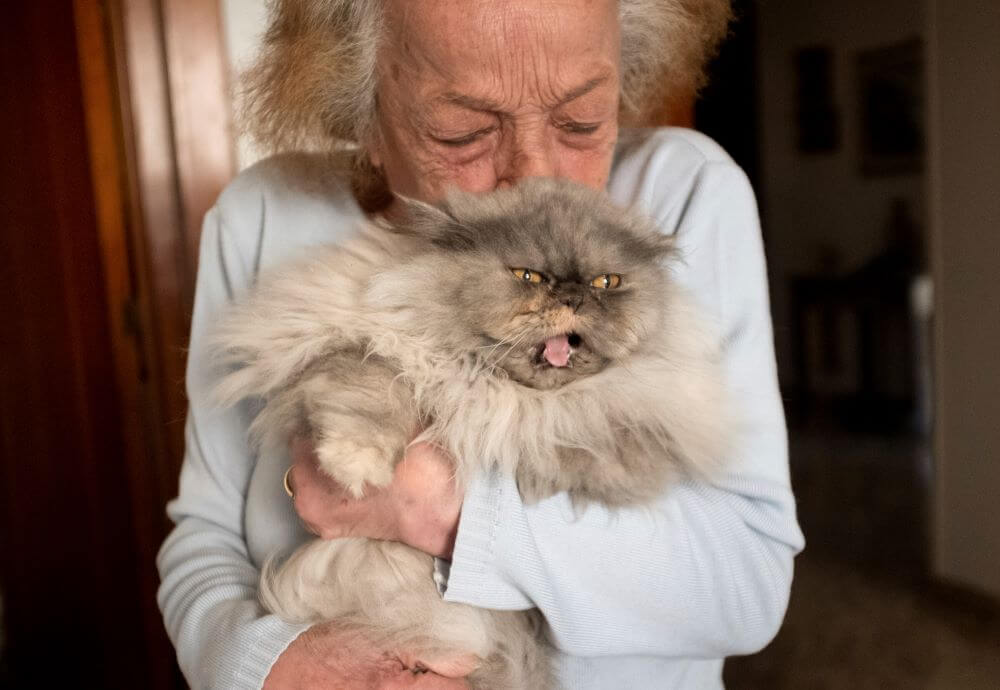
When Comfort Becomes a Concern
But here’s the other side of that story…
As my mom’s dementia progressed, she started forgetting to feed Sissy. She’d let her outside and forget she was out there. One day, I caught her trying to share her pills with her because she thought she “needed her medicine too.”
As dementia changes the brain, things like remembering pet routines—or even handling them safely—can become too much. And sometimes, that sweet bond can shift into confusion or frustration.
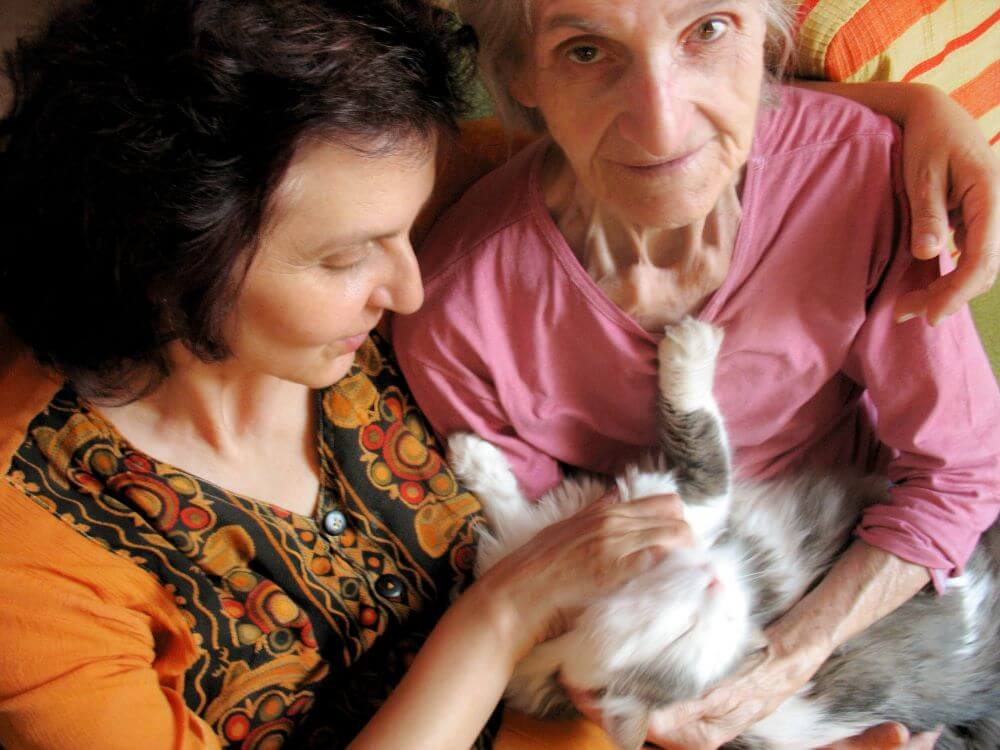
Signs It Might Be Time to Step In
Here are some things to watch for:
- 🐶 Your loved one forgets to feed or water the pet
- 🐾 The pet seems nervous or stressed around them
- 🚪 Doors or gates are left open, letting pets wander off
- 💊 Medication is left where the pet could get it
- 😢 They confuse the pet with a child or don’t recognize it anymore
If you’re noticing these changes, it’s okay. It doesn’t mean you have to take the pet away—but it might be time to help more.

Simple Tips to Keep Everyone Safe
Set a Pet Routine
Use alarms, daily checklists, or sticky notes on the fridge: “Feed Bella at 8 AM and 5 PM.”
Create Safe Zones
Baby gates or closed doors can help keep pets out of spaces where your loved one may trip or feel overwhelmed.
Supervise Playtime
Especially in the middle to late stages, keep a close eye on how your loved one interacts with the pet. Watch for signs of confusion or frustration.
Let Others Help with Pet Care
If you have other family members, aides, or visiting helpers—ask them to help with walks, feeding, or vet visits.
Use ALZlog or the Caregiver’s Notebook
These tools can help you track changes that the dementia is progressing and more help may be needed.

What If the Pet Passes Away?
This is one of the hardest things. Some people with dementia may not remember, and they may ask about the pet over and over again. It’s heartbreaking.
You can try simple, gentle responses:
“Fluffy’s not here anymore, but she loved you so much.”
“She’s resting now and doesn’t hurt anymore.”
Whether or not to get another pet really depends on the situation. If your loved one is in later stages or easily confused, another pet might add more stress than comfort.
But sometimes, a pet can truly help.
My mom has always had a cat. Smokey was the cat she had before Sissy, and he passed away just as her early dementia signs were starting. We decided to wait before getting another cat. She went about six months without one—and during that time, I watched depression and loneliness creep in. She seemed to lose her spark.
We realized she really needed another cat. So, we adopted a six-year-old cat—Sissy—and now the two are inseparable. The depression faded, and caring for Sissy gives my mom something to focus on, something that makes her smile.

Final Thoughts: It’s About Balance
Pets and dementia can go together beautifully—with a little extra planning and support. You’re not failing if you need help. You’re being wise, kind, and loving.
And if you’re looking for tools to help you track dementia changes, understand the stages, or know when to ask for help—I created the ALZlog app and the Caregiver’s Notebook for that very reason. And if you’re brand new to this journey, the Understanding Dementia Course is a great place to start.
💙 You’ve got this. And I’m here to help.
✨ Helpful Resources:
🔗 Try ALZlog: Track Changes & Spot the Stage
🔗 Get the Caregiver’s Notebook – Digital, Downloadable, or Mailed 3-Ring Binder
🔗 Take the Understanding Dementia Course
📝 FREE Printable Pet Care Routine Chart
Hi, I'm Larea, I am a Registered Nurse specializing in Dementia Care, with 30 years of experience supporting dementia patients and their families. Over the years, I have provided care in diverse settings, including homes, hospitals, nursing homes, assisted living facilities, and hospice. My passion is guiding caregivers, sharing my knowledge and experience to help them navigate the challenges of dementia care with confidence and compassion.

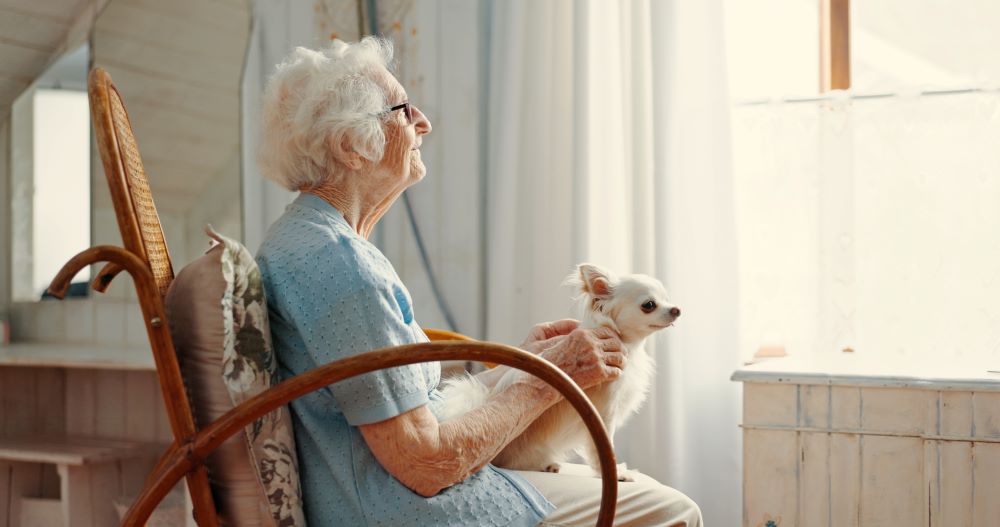

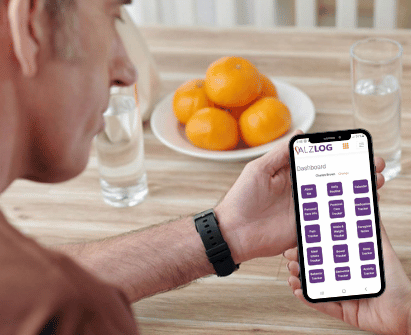

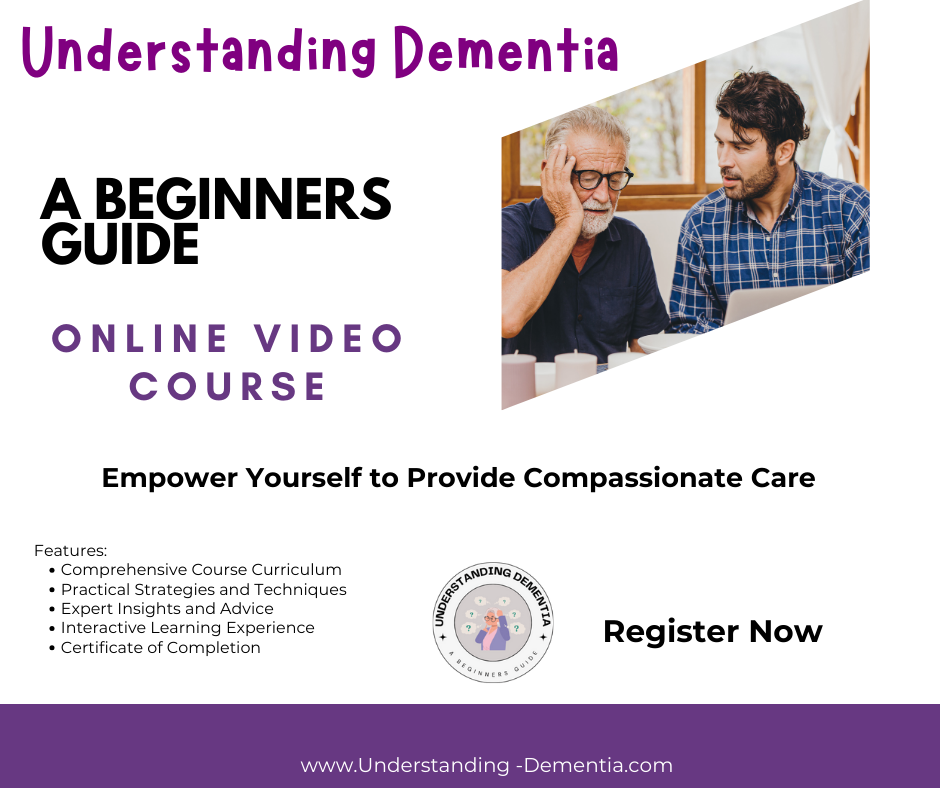



0 Comments